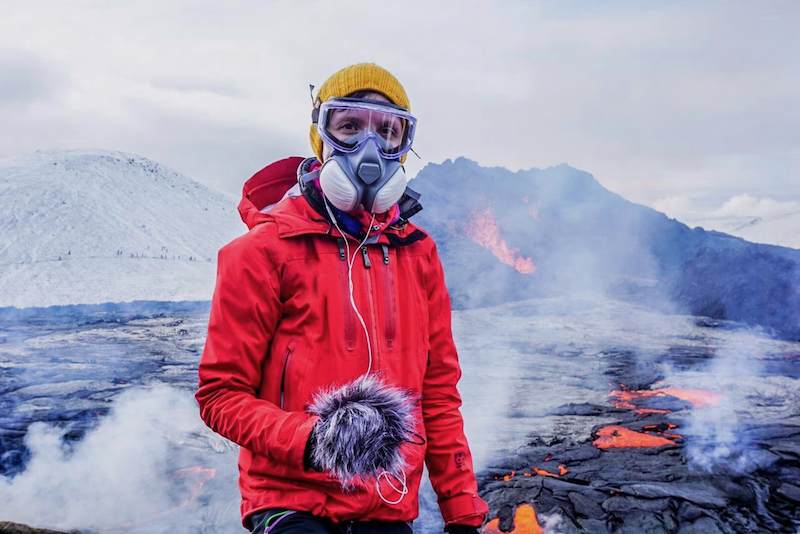Free and exclusive discount codes for hundreds of tours and & travel services in Iceland
Subscribe to instantly receive discount codes for tours, car rental, camper van rental, and outdoor clothing rental.Thank you! ❤️
Jon Heidar, Editor of Stuck in Iceland Travel Magazine
When most people think of Iceland, they picture epic landscapes—volcanoes, glaciers, geysers, and endless lava fields. But Kaśka Paluch, a Polish-born musicologist, journalist, and sound artist, has given us a way to hear Iceland like never before. She is creating Icelandic soundscapes to match the landscapes.
Mapping Icelandic soundscapes
Since moving to Reykjavík in 2017, Kaśka has been mapping the country’s sonic identity through her groundbreaking project, Noise From Iceland, the first-ever sound map of Iceland. Click on her interactive online map, and you’ll hear the wind tearing across lava plains, the deep rumble of glaciers, the calls of seabirds, or even the hum of urban Reykjavík. Together, these recordings form a living archive—one that preserves disappearing natural soundscapes as well as echoes of Iceland’s cultural traditions.
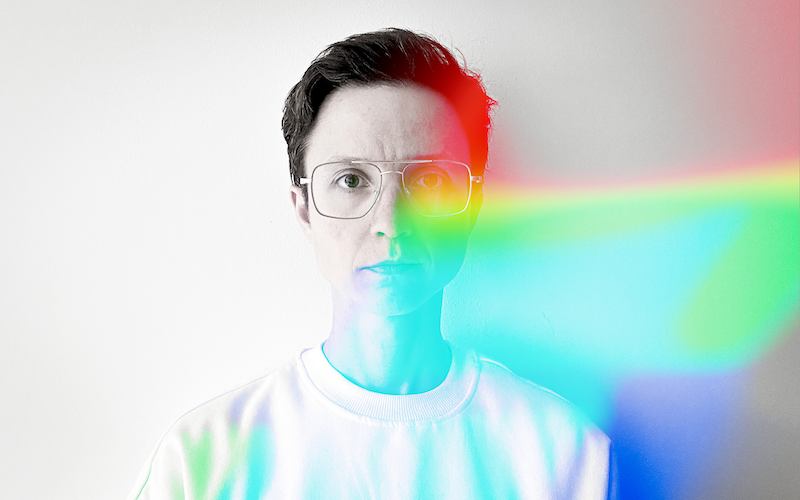
Her work has gained international recognition. Legendary composer Ryūichi Sakamoto featured her recordings in his Playback installation, exhibited in Munich and Tokyo. Her soundscapes have also resonated in Venice at the Biennale, where they became part of an installation by Japanese art collective Dumb Type.
Kaśka’s recent project, Sólheimajökull, takes her exploration a step further. Performed on the grand organ of Hallgrímskirkja, it blends AI-generated composition with field recordings of the glacier itself, transforming the raw voice of ice into harmonies that fill one of Iceland’s most iconic spaces.
Outside of her art, she is also an educator, teaching sound awareness, field recording, and podcasting to young creatives in Reykjavík. For her, it’s not just about documenting Iceland’s sounds, but also about inspiring others to listen more deeply to the world around them.
Kaśka Paluch’s work reminds us that Iceland’s magic lies not only in what we see, but in what we hear—an entire soundscape of a nation in flux, captured for both present and future generations.
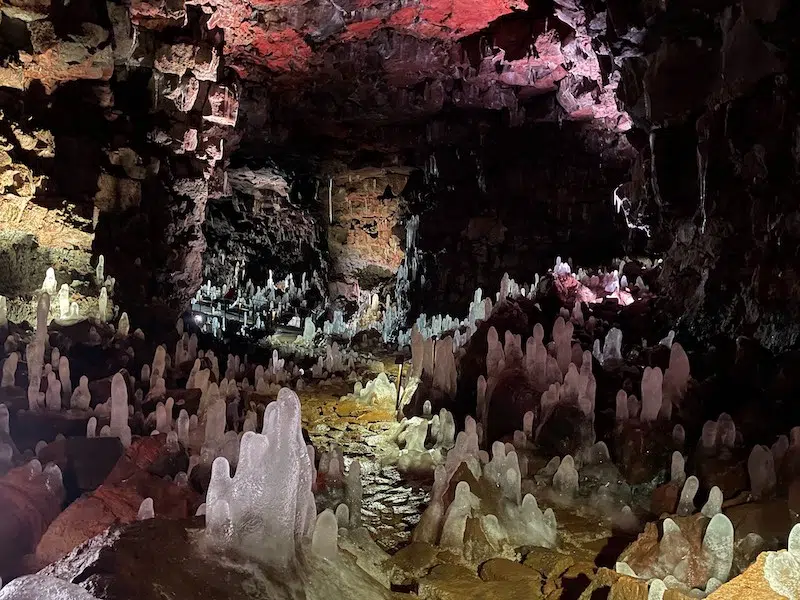
Noise From Iceland has become a kind of sonic archive. What was the moment that first inspired you to start mapping Iceland through sound?
Before I moved to Iceland, I worked as a music journalist in Poland. Music was my whole life — until I burned out completely. I needed distance, so when I started guiding tours in the Raufarhólshellir lava cave, I deliberately stepped away from anything connected to sound. Instead, I immersed myself in rocks, silence, and darkness. Every tour ended the same way — in total darkness, just listening. That moment became strangely powerful. Sometimes, I’d come back alone, put on headphones, and listen to techno deep inside the cave. The contrast — raw nature and mechanical rhythm — was surreal. Slowly, I began to feel a connection to sound again, but in a new way. Then one day, a blind traveler said something that stayed with me: “I can’t see Iceland, but I can hear it.”
It hit me deeply.
I thought: I know what Iceland looks like. But what does it sound like? At the beginning of the project, I started interviewing Icelandic artists and writers — people whose voices matter — about how Iceland sounds to them. That’s how I met Andri Snær Magnason, Yrsa Sigurðardóttir, Jón Snorri, Sigtryggur Baldursson, and more. One word kept coming up in all those conversations: “noise” — shimmering, rustling, humming. That became the name of the project: Noise From Iceland.
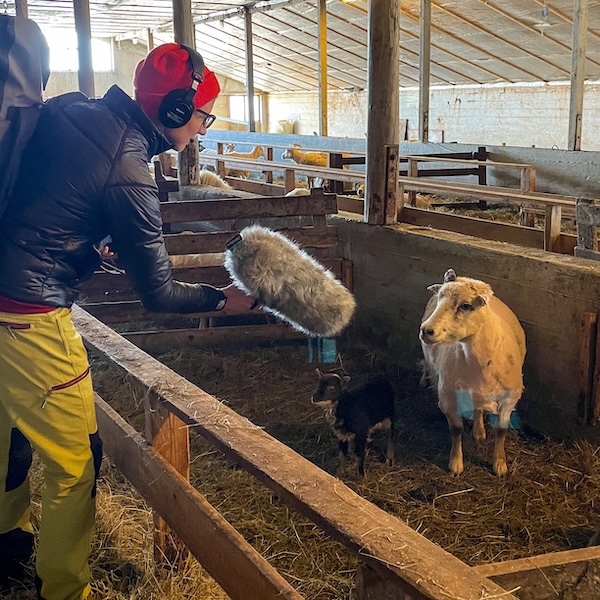
Your work has been recognized internationally, from Ryūichi Sakamoto to the Venice Biennale. How did it feel to see recordings made in Iceland resonate on such global stages?
For any artist working with field recording, being part of Ryuichi Sakamoto’s project and shown at the Venice Biennale feels like the Nobel Prize — an absolute pinnacle. I still get goosebumps thinking about it, especially because my name appeared next to Andri Snær Magnason’s — someone I deeply admire. And it all happened thanks to him. But beyond the recognition, there’s something deeper. I just love Iceland. This island holds a kind of raw, transformative power — and I’m living proof of that change. Its nature doesn’t just impress you; it reshapes you. Knowing that the sounds of Icelandic landscapes are now traveling across the world makes me feel proud. I became a music journalist to share my passion for sound — and in a way, I’m still doing exactly that. Only now, I’m sharing the music that nature makes on its own.
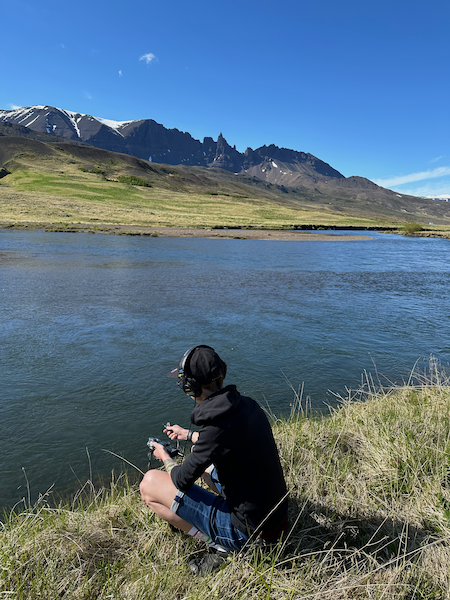
Iceland is known for its striking visuals, but you emphasize Icelandic soundscapes. What do you hope people learn about Iceland when experience them?
First and foremost, I hope people will understand just how powerful listening can be. Sound allows us to fully immerse ourselves in a place — to feel it, not just see it. That’s something I always tried to teach my students. We often forget how much sound shapes our experience of films, video games, or everyday moments. I wish more people would simply stop — for example, in front of Skógafoss — close their eyes, and truly listen. The sound of the waterfall is just as breathtaking as the view. I also want to share sounds that most people will never get to hear in real life. Like the sound of flowing lava — an experience few are lucky enough to have up close. Another part of my work is documenting the sounds of Iceland before they disappear. I’ve recorded Sólheimajökull several times, and each time I’ve noticed more water — more melting. There’s a real possibility that one day, my recordings will be the only way to hear that glacier.
That thought is heartbreaking.
But maybe, just maybe, it will make people stop and reflect — not only on the beauty of Icelandic nature, but on how fragile it really is.
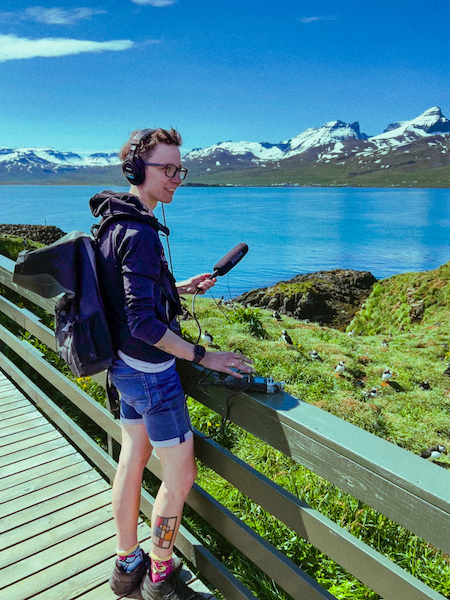
Beyond your artistic work, you teach young people about sound and storytelling. What role do you think the next generation can play in preserving natural and cultural Icelandic soundscapes?
At Víkurskóli, I encouraged my students to approach field recording not only as capturing raw sounds of nature, but also in the ethnomusicological sense — as a way to preserve folk music and stories. We used the ISMUS archive to explore old Icelandic poems, songs, and tales, and connected them with natural sounds. One project I’m especially proud of involved the TouchBoard microcomputer. Students picked an element of Icelandic nature — say, a stone — recorded its sound, found a related story from ISMUS (like one about huldufólk living in stones), and then mixed everything with their own music. The final result could be heard by touching the stone connected to the board. It was magical.
This project showed that heritage can live on in new, creative forms. Even students who first said “it’s just old people singing” ended up deeply engaged. I hope they left with a new appreciation for Icelandic culture — and the power of sound to keep it alive.
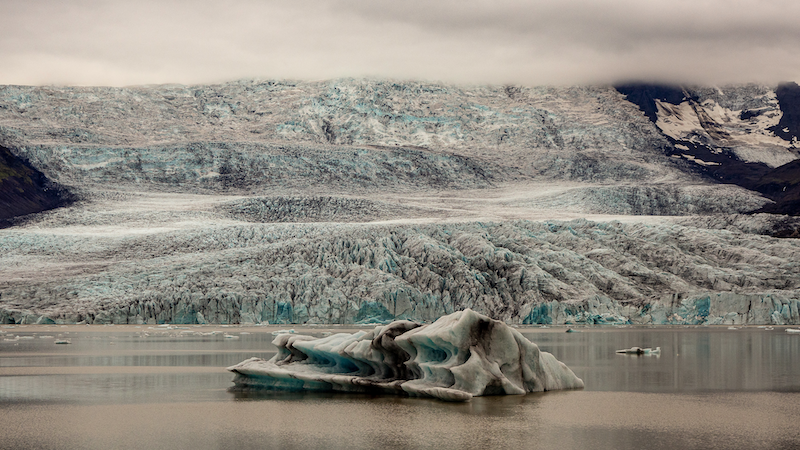
What are your favorite Icelandic soundscapes, and why?
Without a doubt, the most important sound in my archive is the recording of flowing lava from the first Fagradalsfjall eruption. The area was packed — drones, people, helicopters — so it took me several late-night hikes, in rain and darkness, to finally capture it clean, without any interference. I was obsessed with that sound. When I finally got it, I felt like I could fly. Pure joy.
Another special recording is the sound from deep inside a crevasse in Sólheimajökull. I couldn’t have done it without the help of my friend, glacier guide Agata Jabłońska, who kept me safe as I climbed down to record. That moment reminded me how important others are when you’re chasing a dream. That sound carries not only the voice of the glacier — but also the echo of friendship and trust.
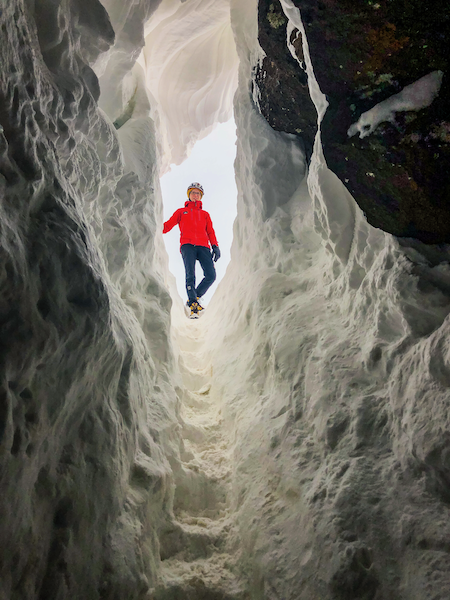
What are your favorite activities and places in Iceland?
I’m a passionate ultrarunner, so my favorite way to experience Iceland is simply by running through its mountains and hills. Funny enough, it actually helped with that lava recording I mentioned earlier — I ran to the volcano before most people even got there. My favorite running spot is Hengill. It’s close to Reykjavík, but the views take my breath away every single time. The same goes for Vífilsfell — wild, quiet, raw. And of course, Raufarhólshellir lava cave will always have a special place in my heart. It truly feels like a second home. But if I had to choose one unforgettable place, it would be the area around Mælifell hill near Emstrur — part of the Laugavegur trail. That’s where I experienced something I had only heard about: total silence. It was strange, overwhelming, beautiful — and a little terrifying. I remember Jón Snorri Sigurjónsson, the Icelandic mountaineer who tragically died while attempting to summit K2 in winter, once told me about that silence. He said it could drive people insane. I told him I wanted to feel it for myself — and in Emstrur, I finally did. Jón had promised to tell me more about it after he returned from K2. His death devastated me. But he will always be part of Noise From Iceland — his voice, his story, and that silence.
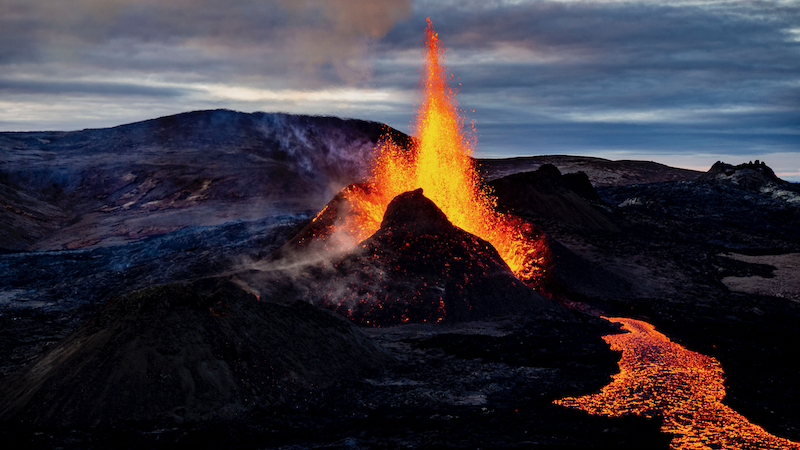
What advice do you have for first-time visitors to Iceland?
First of all: don’t rush. You don’t need to check off every Instagram spot. You’ll have a much richer experience if you travel slowly. Pause for a moment. Take a deep breath, close your eyes, and listen. And once you’ve taken all your photos, put the camera down. Look around. Just be there. And be quiet, too — so others can enjoy the moment as well. Respect nature. Check the weather. Don’t take unnecessary risks — in Iceland, it’s the land that makes the rules, not us. Be humble about that. And please, please, don’t stop in the middle of the road just to get that one perfect shot — no matter how tempting it is! (Yes, I’ve seen it happen more than once. Haha!)


